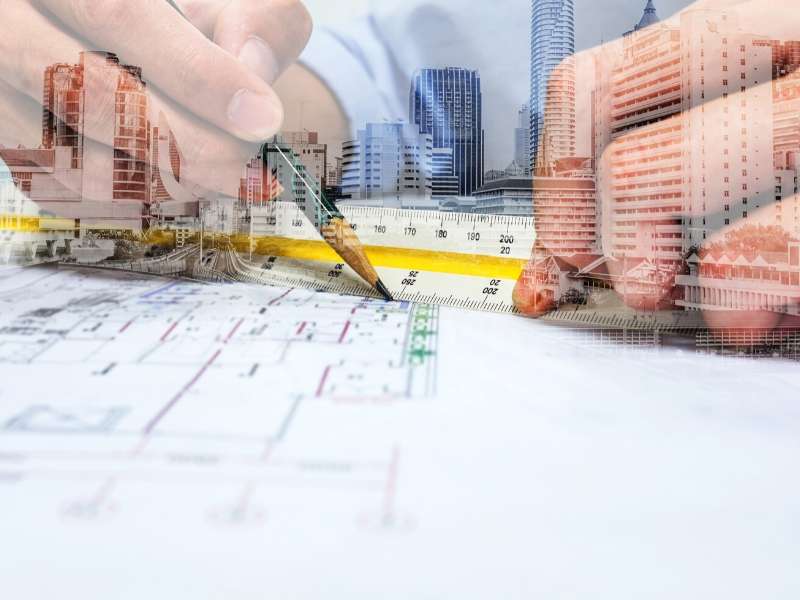Fire protection engineering is one of the most important components of the planning and design of every building. According to this website: https://www.adpc.net/igo/contents/iPrepare/iprepare-news_id.asp?ipid=231, fire is the most cataclysmic man-made accidents. Of course, it is every property owner’s worst nightmare. For instance, a simple act of carelessness might result in the loss of human life and millions of dollars of property. This makes investing in the right fire protection equipment and systems extremely important.
However, protection systems are more than the installation of smoke detectors and sprinklers. Rather, it is a well thought out building design that protects your operations.
Interestingly, fire protection engineers perform their work under the fire protection engineering sector. If you want to learn more, please continue reading for more information about fire protection engineering.
What Is Fire Protection Engineering?

Fire protection engineering is the application of scientific, technological, and engineering principles. Moreover, it is an important system that protects people and the environment from fire hazard prevention, suppression, control, and extermination.
Aside from the layout design, protection engineering includes several practices and services as follows:
- Analysis and identification of flame hazards.
- Reduces burn damage with the right planning, design and materials.
- Installation and maintenance of protective systems.
- Installation of communication systems.
- Hydraulic analysis.
You may visit website online for an in-depth discussion of what these practices entail. The more you know about the process, the better choices you will make. So, continue doing your research!
Who are Fire Protection Engineers?
With endless innovations, the industry needs someone with the right knowledge, education, and experience during the design and construction process. These are the professional fire protection engineers.
Their training involves flame characteristics and hazard familiarization, control and suppression, and a material’s burning and combustion reactions.
These engineers specialize in developing infrastructure concepts and designs in coordination with the mechanical, electrical, and architectural designs of a structure. This concept is the “whole building” design where safety, functionality, and practicality work together.
It is very important to include fire protection engineers in the early stages of structure planning because they provide the knowledge you need to save construction time, money, and effort.
Interestingly, fire protection engineering is a four-year degree that does not require a board examination. It is offered in several schools accredited by the TAC/ABETS, an engineering accreditation board in the US.
Protection System Components
Code Compliance
Code compliance depends on your location (city or suburban), type of infrastructure (residential or business), and the type of operations. These codes indicate the legal specifications and minimum requirements needed in fire protection systems.
You need to hire an experienced engineer that knows the ins and outs of code compliance. They will help you meet the minimum requirement while saving money in the process. The danger lies in going above or less than the recommendations which might cost you unnecessary effort and money.
Protection Requirements
The main goal of fire protection is to protect and preserve life and property and ensure business continuity. There is no gold standard design that fits every kind of structure. For instance, an industrial factory’s protective system differs from that of a suburban residential home.
However, there are three basic protective components for every structural blueprint. These are as follows:
⎆ Detection Systems
Modern flame and smoke detectors go beyond the normal smoke-triggering system. Rather, they have different alarm thresholds that can differentiate actual flames and smoke from vape-induction. Its heat detection capabilities trigger alarms even before smoke becomes a hazard.
Its mechanical (control smoke movement) and passive (limit smoke movement) smoke control systems work together to extinguish the hazardous smoke. It also prevents smoke accumulation in elevators and staircases.
⎆ Alarms and Notification
Fire alarms are an essential system for any kind of facility. They create audio and visual signals to alert everyone in the building that a structure’s part is burning. Moreover, the apparatus connects to a command center.
It notifies responders of the building’s floor plan, as well as the exact origin of the activated alarm. State-of-the-art devices include a voice-actuated system where a pre-recorded message will guide people in evacuation plans.
⎆ Suppression Systems
One of the most famous means of suppressing flames is by installing automatic sprinklers. These are either water or gas-based sprinklers that can detect and be activated by specific temperatures.
Statistics show that sprinklers save 90 percent of infrastructures from flames (read more). For companies with water-sensitive equipment, chemical-based suppressors are more feasible. Yes, it is more expensive, but it can save your precious equipment from water and fire damages.
Images Courtesy of Canva.
New Zealand – Nature’s Perfectly Designed Location for Movies
10 Tips To Keep Your Home Clean And Fresh During The Summer
10 Factors to Consider When Hiring A Professional Plumber
Building Owners Beware: 3 Vital Functions of Roofing Insulation





